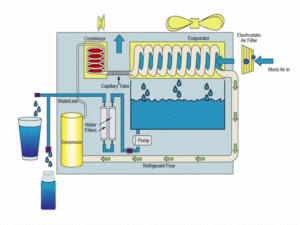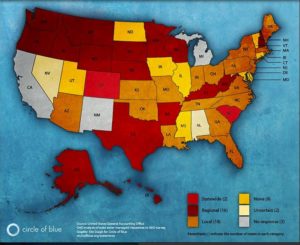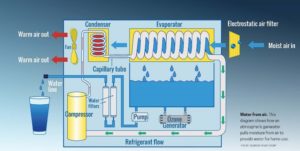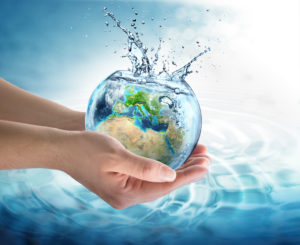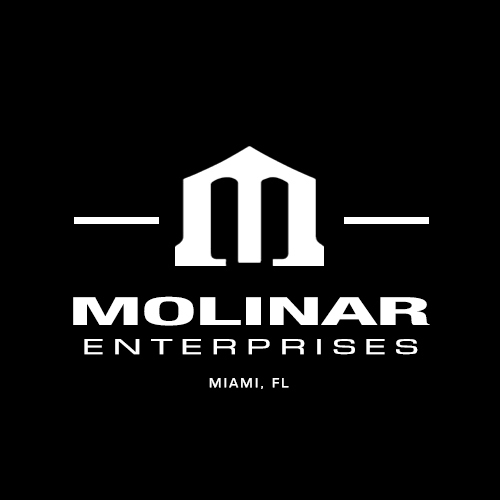Upgrade Your Home or Commercial A/C to an AWG Atmospheric Water Generator With Future A/C Water System
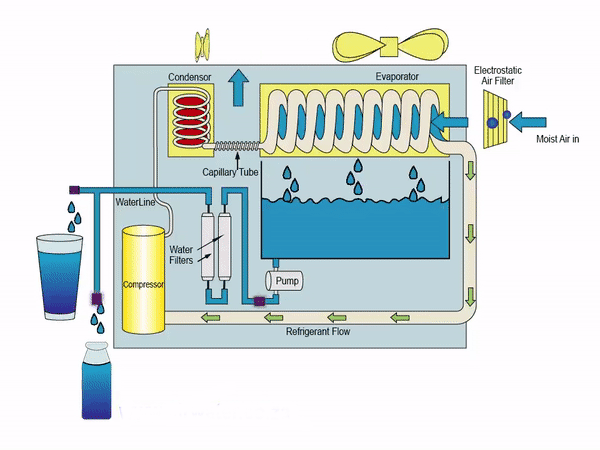
The history of the Atmospheric Water Generator (AWG) dates back to the early 20th century when scientists first began to experiment with ways of extracting water from the air. However, it was not until the late 1990s that AWGs became commercially available. One of the first AWG prototypes was developed by a company called Aqua Sciences in 1998. The device was designed to extract water from the air using a system of filters and a condenser. The water produced by the device was of high quality and could be used for drinking and other purposes.
In the early 2000s, the U.S. military began to show interest in AWGs 6as a way to provide troops with a reliable source of drinking water in remote locations. The military funded research and development of AWGs, and several companies began to produce portable AWGs for military use.
In recent years, AWGs have become more widely available. They are used for various applications, including providing drinking water in areas with limited access to clean water sources and for commercial and industrial applications such as irrigation and humidification.
What is an AWG Atmospheric water generators?
An Atmospheric Water Generator (AWG) is a device that extracts moisture from the air and converts it into usable water. It uses a series of filters and a refrigeration system to condense water vapor from the air, then purifies and stores the water in a tank for use. AWGs can provide drinking water in areas with limited access to clean water sources or where traditional water infrastructure is not available. They can also be used as a sustainable alternative to bottled water or for commercial and industrial applications such as humidification or irrigation.
An atmospheric water generator (AWG) extracts the humidity of the air by the cold refrigeration coils, drawing moisture out of the atmosphere and producing a renewable source of usable water.
Question What’s the difference between an AWG atmosphere water generator? And an air conditioner.
Answer: NOTHING. Both are refrigerant-based, have the same parts, and make water the same way.
Most importantly, Future AC water systems and AWG systems operate on the same general principle. The cooling operations create water via condensation. Most AWG systems use the same refrigerants as home and commercial air conditioners (R22, R407, and R410). Smaller AWG systems use the coolants found in automobiles (R134 and R1234YF). The differences are found in cost, efficiency, and the volume of water produced.
One of the main disadvantages of an AWG is its energy consumption Compared to traditional water sources such as municipal water, bottled water or well water. AWGs require a significant amount of energy to operate, especially if they are being used to produce large amounts of water. This energy consumption can lead to higher electricity bills. It can also have a negative environmental impact if the energy used to power the unit is generated from non-renewable sources.
Compared to future AC
Future A/C water will be free is solar power water. Since you’re paying to cool your home, you can collect the water, and the home and commercial AC make more water than AWG.
Home AC units make 5 to 25 gallons daily; commercial ac units make 100 to 200 gallons daily.
The difference between AWG pricing and Future AC pricing
Our Pricing
I charge 1500.00 per unit for the conversation for residential units plus parts and labor.
Example: A home with one A/C Unit up to 2000 SF costs $2500 to $3000 for a full install to have the A/C removed from the water bill.
For commercial units, I charge 2000.00 per unit for the conversation plus parts and labor,
Compare our pricing to AWG atmosphere water generator.
Home AWG makes 8 gallons daily, costing you $1700.00 to $2500.00 or more, and you must use electricity.
Home and Commercial units make more water; you don’t have to use extra power( because you’re already using the ability to cool the home or building and save on your water bill.
Example NUBE: Atmospheric Water Generator 8 gal/day – Alkaline + Ionized + Mineralized- Fluoride and Commercial AWG that makes 30 gallons a day costs 10k and more.
MY cost $4500 to $5000.00 installed. Depending on the square feet 10k savings vs. purchasing a Commercial AWG.
COMMERCIAL NUBE: Atmospheric Water Generator (30 Gal/day) $9,799.00
https://www.rentechglobalsolutions.com/products/industrial-nube-atmospheric-water-generator-30-gal-day-110v?pr_prod_strat=copurchase_transfer_learning&pr_rec_id=35b1a0fb7&pr_rec_pid=7785129312473&pr_ref_pid=8024240652505&pr_seq=uniform
INDUSTRIAL NUBE SERIES (66-265 gal. per day / 250-1,000 liters per day) $19,995.00
Close by, how is it better to upgrade your AC to AWG vs buying one with this new AC water technology
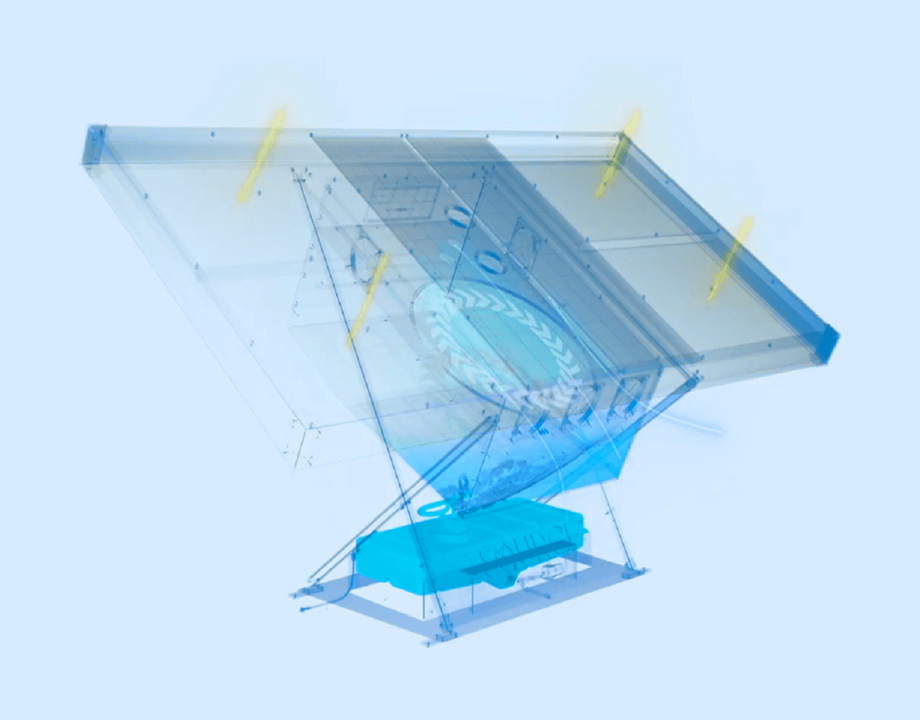
What are Hydro Panels? VS Future A/C Water System
Hydro panels, also known as atmospheric water generators, are innovative devices that utilize solar energy to extract water vapor from the air and convert it into clean drinking water. They offer a promising solution for regions with limited access to fresh water, where traditional water sources are scarce or contaminated.
The origins of hydro panels can be traced back to the early 2000s when they were first developed by a company called EcoloBlue. Initially, the technology’s large size and high cost made it challenging for the average consumer to afford. However, with advancements in technology and economies of scale, the cost of hydro panels has reduced, making them more accessible.
The early commercial hydro panels required significant energy to operate, but modern iterations are smaller, more efficient, and cost-effective. They harness solar power, thermal energy, and desiccants to extract moisture from the air and purify it into clean drinking water.
Hydro panels function through two main components – a solar collector and a water absorber. The solar collector uses the sun’s energy to heat a desiccant material, attracting moisture from the air. The water absorber then captures and filters the moisture, producing clean drinking water. Depending on weather conditions and panel size, hydro panels can generate up to 10 liters of water per day.
One of the notable advantages of hydro panels is their ability to operate off-grid, making them suitable for use in remote areas without access to electricity or water. However, they do come with some disadvantages, including high costs, limited water production, and noise.
Comparing the cost of hydro panels to future A/C water systems, a standard SOURCE array, which comprises two hydro panels, can cost between $5,500 and $6,500*, producing approximately 3 gallons of water per day.
On the other hand, a 2000 SF home with a 3-ton A/C, which can produce a minimum of 10 gallons of water per day, has an estimated project installation cost ranging from $2,500 to $3,000.
In conclusion, future A/C water systems offer a more cost-effective installation and higher water production compared to hydro panels. While hydro panels have their advantages, A/C water recycling emerges as a superior choice in terms of affordability and water output.


